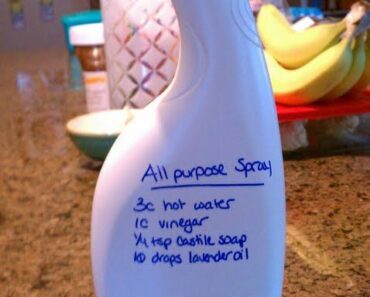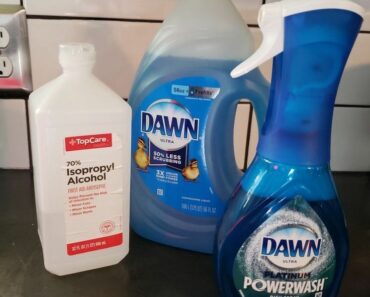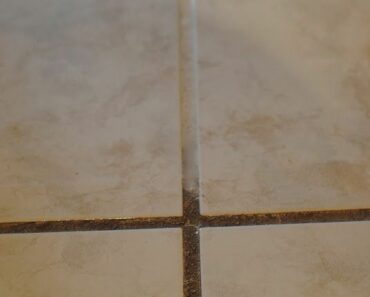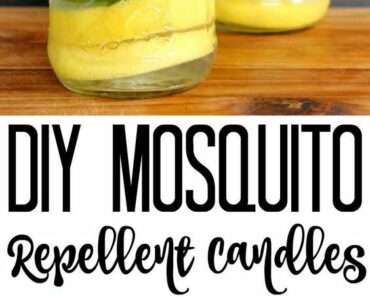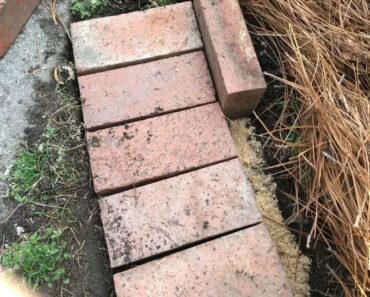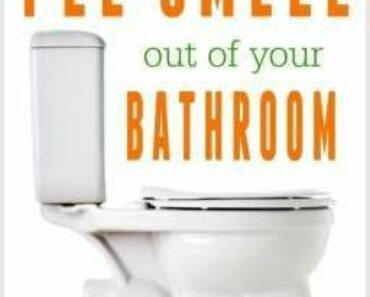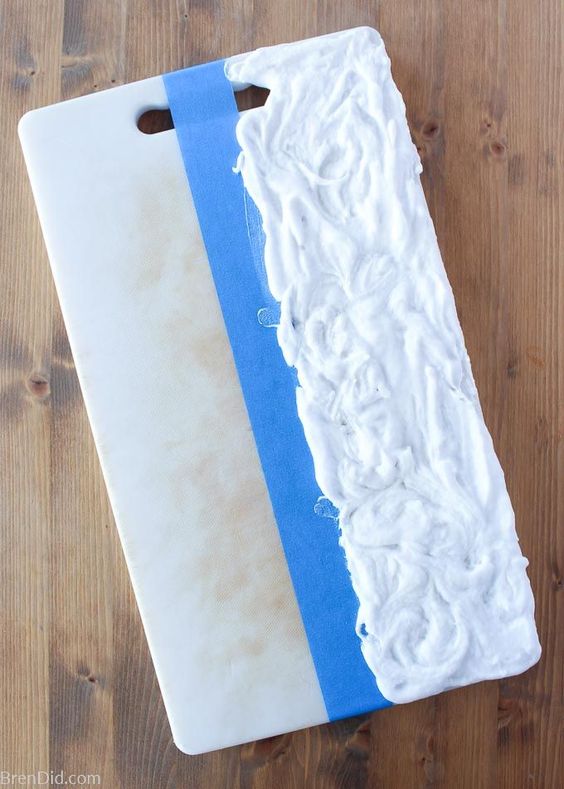
USE BAKING SODA, HYDROGEN PEROXIDE, AND DETERGENT TO REMOVE CUTTING BOARD STAINS
Mixing hydrogen peroxide with dish detergent and hydrogen peroxide makes an easy to apply paste that bleaches away cutting board stains.
- Make a paste from 3-4 tablespoons of baking soda, 1 tablespoon of dish detergent, and 1-2 tablespoons of hydrogen peroxide. The mixture should be easily spreadable but not soupy.
- Spread the cleaner all over one side of the cutting board and allow to sit for several hours or overnight
- Wipe or rub off the cleaner, wash the cutting board with detergent and water, and allow to dry.
Why this method works:
- Hydrogen peroxide is an effective bleaching agent that bleaches stains, brightens surfaces, and kills bacteria.
- Dish soap cuts through any greasy residue left on the cutting board.
- Baking soda is a natural abrasive that helps to break down food stains. (I also use it to clean my oven!)
- The thick mixture keeps the cleaning agents in place on the cutting board long enough to remove the cutting board stains.
WHY YOU SHOULD CLEAN PLASTIC CUTTING BOARDS WITHOUT BLEACH
Many people use bleach to clean plastic cutting boards. They choose bleach because it is good at removing stains and kills germs.
Unfortunately, cleaning with bleach can damage your health and corrode surfaces.
- Bleach is a sodium hypochlorite solution which is dangerous to inhale, irritating to the skin & eyes, and toxic to consume.
- Bleach is a strong base with a pH of around 12. Because of its high pH bleach is corrosive to materials it touches, including plastic.
- Most tutorials for removing cutting board stains with bleach use undiluted bleach. This advice goes against the manufacturers’ recommendations (Clorox recommends using just 1 tablespoon of bleach mixed with 1 gallon of water on food preparation surfaces.)
Luckily hydrogen peroxide can be used to remove plastic cutting board stains safely, without damage!
- Hydrogen peroxide is often called “oxygen bleach”. It is a great stain remover, surface brightener, and bacteria killer.
- Unlike chlorine bleach, hydrogen peroxide is not corrosive to surfaces and is non-toxic.
- After use, hydrogen peroxide naturally breaks down into oxygen and water.

HOW TO SANITIZE PLASTIC CUTTING BOARDS NATURALLY
Plastic cutting boards are made of non-porous material that makes them safer for food preparation. However, there are some situations when you many want to sanitize your plastic cutting board (after cutting up meat, etc.)
Use one of these methods to naturally disinfect a plastic cutting board:
- Run the cutting board through the dishwasher on the hottest setting. The heating element in the dishwasher heats the water above the temperature your skin can tolerate, killing more bacteria.
- Wash the cutting board with soap and water then wipe or spray the cutting board with white vinegar. Next wipe or spray the cutting board with hydrogen peroxide. Rinse clean. This one-two punch will naturally kill bacteria lingering on the cutting board. It works as well as bleach.
Skip the bleach and store-bought cleaners for cutting board stains and try hydrogen peroxide. It’s an easy, green way to remove stains and keep your cutting boards looking great!
Like green cleaning tutorials? Sign up for my newsletter below and never miss a thing!
For Ingredients And Complete Cooking Instructions Please Head On Over To Next Page Or Open button (>) and don’t forget to SHARE with your Facebook friends
